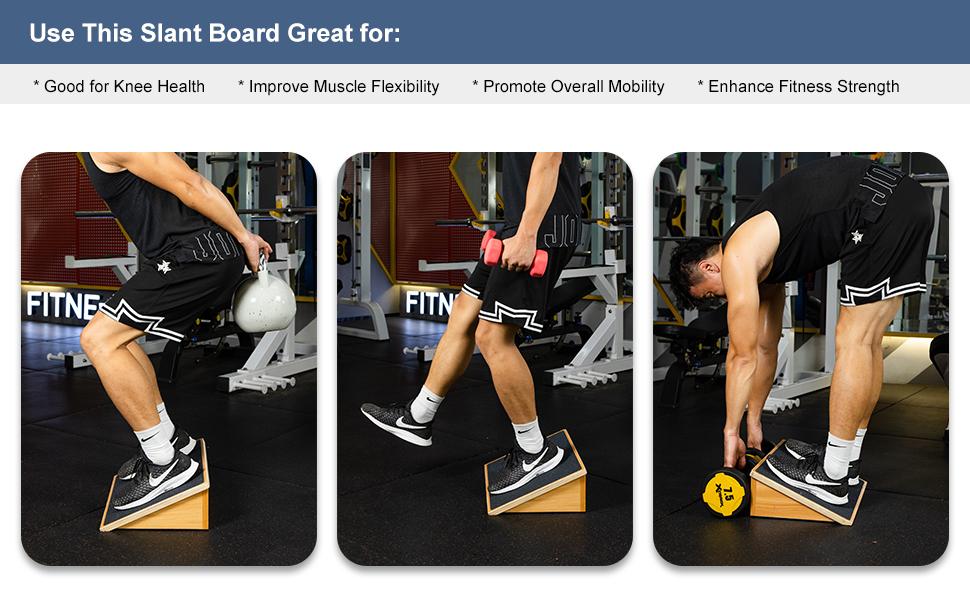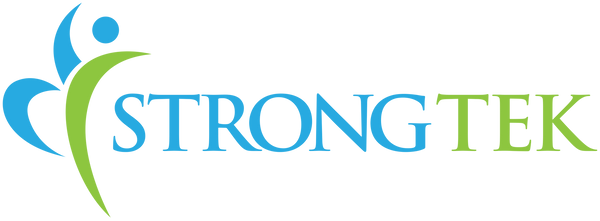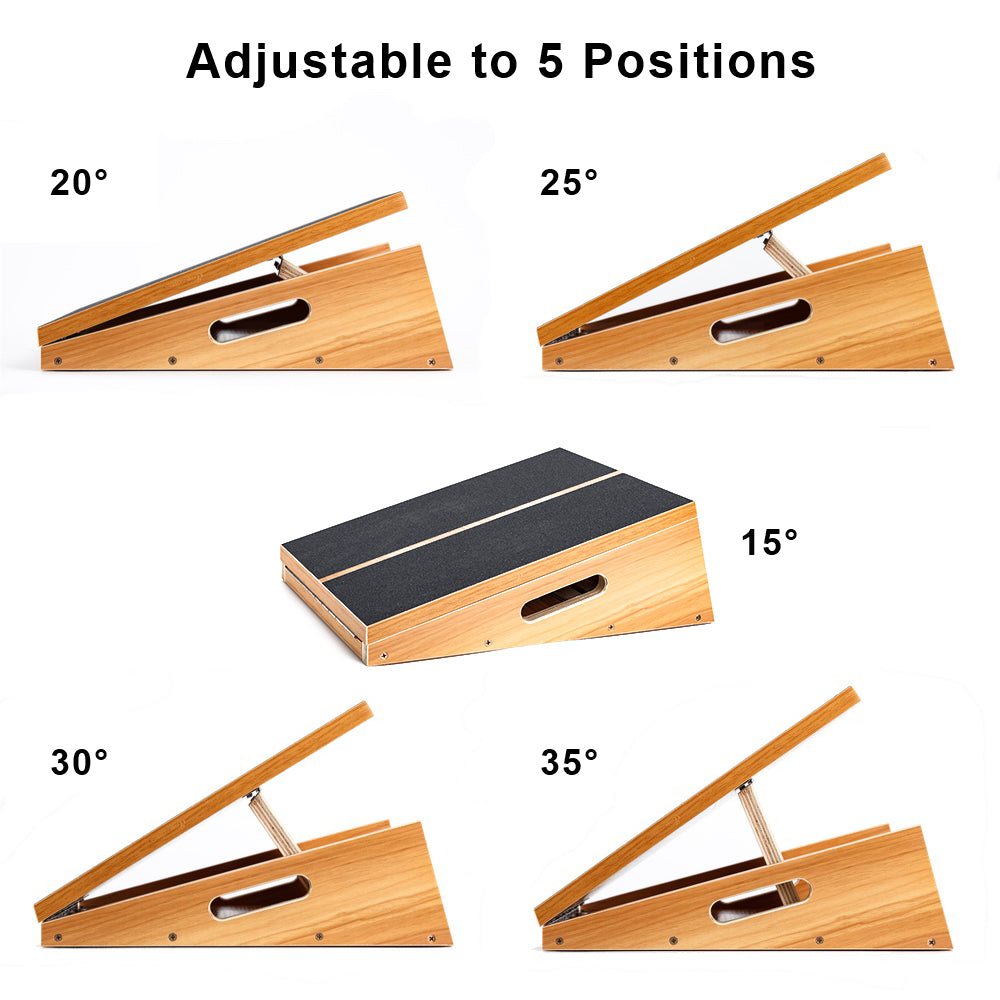
If you’re a runner, you’ve probably heard about countless tools and accessories that promise improved performance and injury prevention. Among these, one often overlooked tool stands out for its multifaceted benefits: the slant board. In this post, we’ll delve into why every runner, from the novice to the seasoned marathoner, should consider integrating a slant board into their training routine.
What is a Slant Board?
A slant board is a flat platform, often adjustable, which is set on an incline. It is used for various exercises, stretching routines, and rehabilitation practices. The primary function of the slant board is to stretch the muscles, tendons, and ligaments of the lower leg, particularly the Achilles tendon and calf muscles.
There are various types of slant boards available on the market, from basic wooden designs to more sophisticated models with adjustability features. The versatility of the slant board's incline angles caters to different fitness levels and specific needs.

The Multifaceted Benefits for Runners
Injury Prevention: Overuse injuries are rampant in the running community. A tight Achilles tendon or calf muscles can lead to conditions like Achilles tendinitis, plantar fasciitis, or shin splints. Regularly using a slant board helps stretch and strengthen these areas, reducing the risk of such injuries.
Improved Flexibility and Range of Motion: Over time, running can result in decreased flexibility. A slant board can assist in maintaining and even improving the range of motion in the ankles and feet, crucial for a comfortable and efficient running stride.
Rehabilitation: For runners recovering from lower leg injuries, a slant board is an excellent tool to reintroduce strength and flexibility gently.
Enhanced Performance: Some studies suggest that an increased range of motion in the ankles can lead to a more efficient running stride. This can translate to improved running times and stamina in the long run.
Posture and Balance: Using a slant board not only targets the lower legs but can also improve core stability and balance when used for various exercises. A strong core and good balance are essential for maintaining proper running form, especially during longer runs.
Different Kinds of Slant Boards
While there are many slant boards available, they mainly fall into a few categories:
Fixed Slant Boards: These are non-adjustable and offer a single angle of incline. They are usually lightweight, portable, and are ideal for those who need it for a specific purpose.
Adjustable Slant Boards: As the name suggests, these boards allow users to adjust the incline angle. This feature caters to various stretching intensities, making them suitable for a wider range of users.
Material Variations: From sturdy wood to durable plastic, slant boards can be made from various materials, each offering different levels of stability, portability, and weight capacity.
StrongTek Professional Slant Board
Among the best-selling slant boards in the market is the StrongTek Professional Slant Board. Here's why it stands out:
Adjustability
It offers multiple angles, ensuring a customizable stretch for different users and purposes.
Durability
Crafted from high-quality materials, it promises longevity even with frequent use.
Non-slip Surface
Safety is a priority. Its non-slip surface ensures stability during use.
Portability
Despite its robust build, it’s easy to carry, making it perfect for those on the go or for trainers who need equipment for client sessions.
Conclusion
Every runner, irrespective of their proficiency level, can benefit from introducing a slant board into their routine. From injury prevention to enhanced performance, the advantages are multifaceted. And, with top-tier options like the StrongTek Professional Slant Board available, it’s easier than ever to incorporate this effective tool into your training. Happy running!


